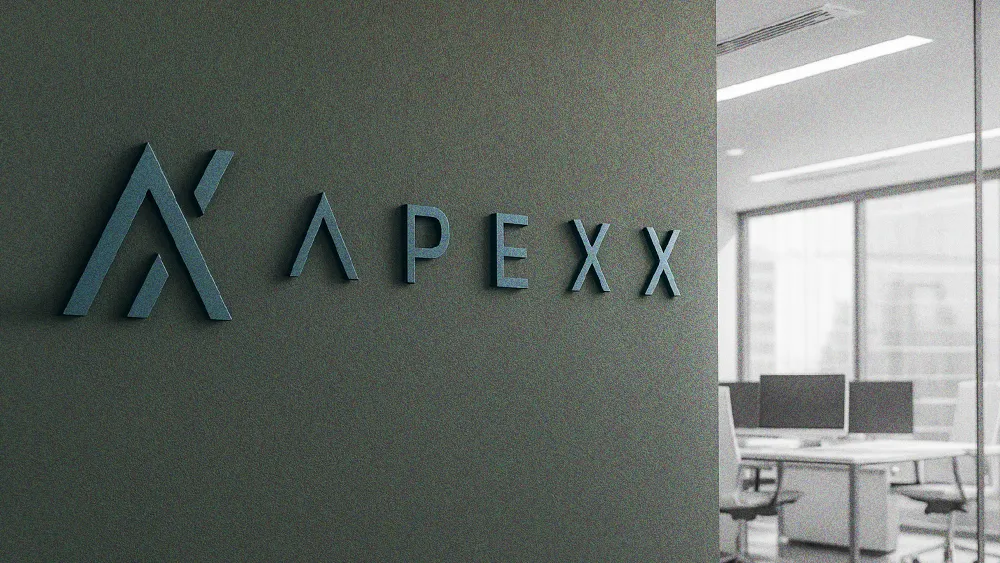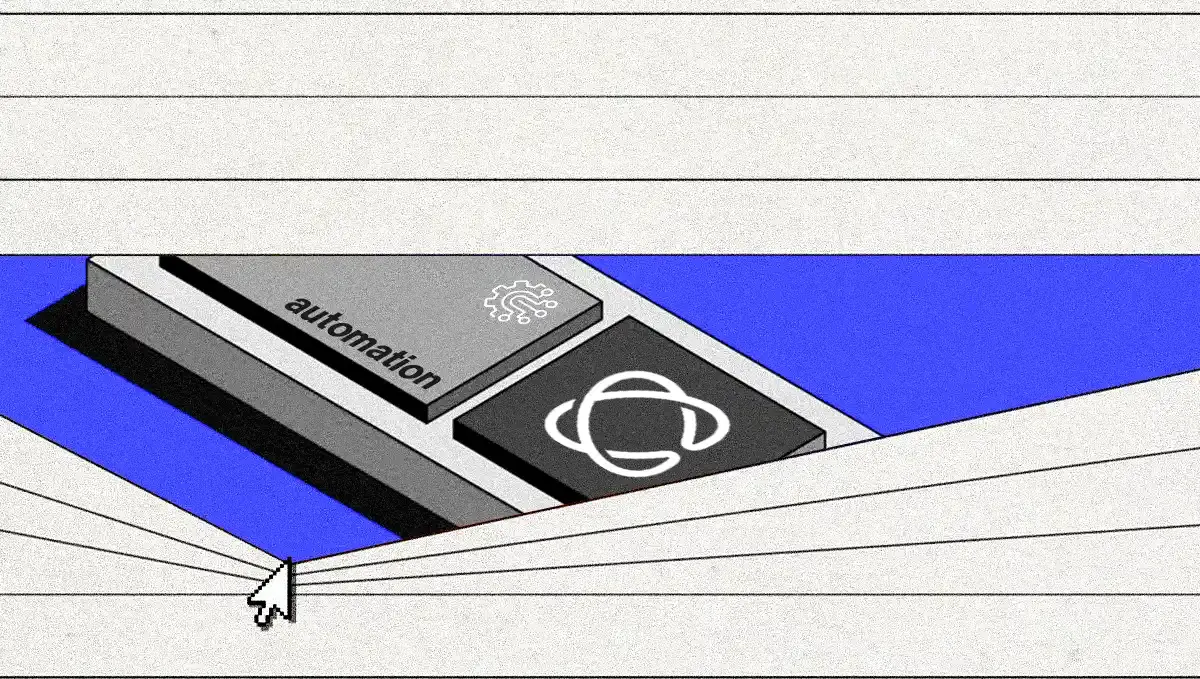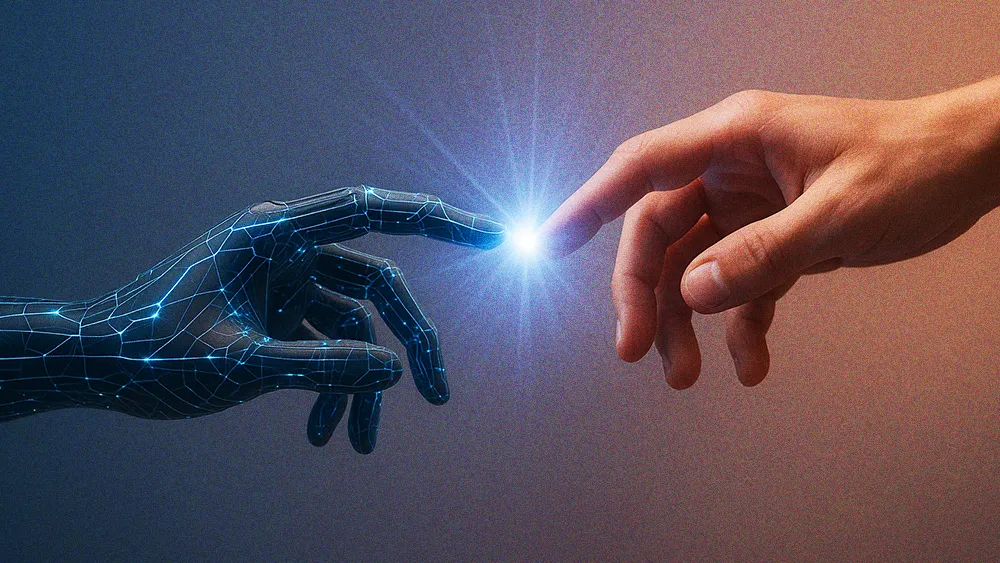
All articles
Why the Line Between Customer Experience and Sales Is Disappearing Thanks to AI
Shashi Bellamkonda, Principal Research Director at Info-Tech Research Group, explains how to pitch AI's business value, overcome data silos, and drive growth.

Key Points
AI is being used to merge customer experience and revenue intelligence, aiming to create a seamless customer journey.
Shashi Bellamkonda of Info-Tech Research Group emphasizes the need for companies to overcome data silos to achieve operational unity and a better customer experience.
Bellamkonda advises leaders to focus on business value, such as cost savings, when pitching AI investments to the C-suite.
Upskilling is crucial as AI evolves roles, with Bellamkonda highlighting the importance of lifelong learning.
There is revenue intelligence, and then there is a customer experience, and I see no reason why they can't be the same. Companies that are serving customer intelligence can take that intelligence and help sales teams close deals faster. I expect all this to mesh together in the future.
Internal silos have long plagued modern enterprises, creating stark divisions between teams and fragmenting customer data on the back end. This operational disconnect inevitably leads to a disjointed customer experience on the front end, directly impacting the bottom line. While promises of alignment often fall flat, AI is a powerful catalyst to finally dismantle these barriers. Now, companies are leveraging it to fuse customer experience and revenue intelligence, creating a seamless and profitable customer journey at every stage of the funnel.
We spoke with Shashi Bellamkonda, a Principal Research Director for IT research firm Info-Tech Research Group, to explore this convergence. A Washingtonian Top 100 Tech Titan with over two decades of experience as a serial CMO and B2B marketing leader, Bellamkonda’s experience across go-to-market strategy, analytics, and academia shapes his perspective on the future of GTM success. For him, it all depends on a company's ability to see past functional divides and embrace a unified operational reality.
Two sides, one coin: That idea is already moving beyond theory and into practice, evidenced by major industry acquisitions like Gong's purchase of the customer experience platform Tagado. "There is revenue intelligence, and then there is a customer experience, and I see no reason why they can't be the same," he says. "Companies that are serving customer intelligence can take that intelligence and help sales teams close deals faster. I expect all this to mesh together in the future."
From hold times to high value: But convincing the C-suite to invest requires a new playbook. Bellamkonda advises leaders to anchor their pitch in business value, explaining precisely how the investment will translate to cost savings or revenue growth. "You won't get a budget by talking about the technical specs of your AI model," he says. "You get a budget by explaining the business value. Frame it in terms of the millions of dollars you will save by reducing call-hold times by twenty seconds. The upside is that your customer is now in a better mood, and you can actually upsell them more."
But there’s a catch. According to Bellamkonda, achieving this seamless customer journey is contingent on solving a fundamental back-end problem. The willingness to merge functions is often hindered by data silos, which leads to a broken customer experience.
The silo effect: "The data is residing in silos in companies across the board," he says. "The minute a person moves from sales to customer success, it's so abrupt it’s as if they've been placed in a completely new database. If you try to use a conversational bot on a website today, chances are at some point during the conversation, it'll say, 'Oh, you wanted support? Let me send you to support.' That is a broken experience."
The 16,000 cup problem: Even with perfect data, the challenge becomes a more human one. Bellamkonda points to the widely publicized failure of a Taco Bell drive-thru AI as an example of what happens when systems don't account for unpredictable behavior. Without strong governance, even sophisticated systems risk failure. "I am fully supportive of the Taco Bell team, but they misjudged human beings," he says. "Their assumption was that people would simply order food. But people wanted to break the system, so they started making absurd requests, like trying to order 16,000 cups of water. Obviously, the bot couldn't manage that."
Naturally, conversations about automation often turn to the impact on jobs. Bellamkonda addresses the panic with a historical perspective, framing the current transition as a steady evolution of roles that demands upskilling. "When cars first hit the road, there was a flagman who would walk in front of the car and tell people to move out of the way. You can't expect that kind of job to last," he says. "Very similarly, jobs will change, but it won't be because someone took your job overnight. It will be a steady evolution. This is why upskilling and becoming a lifelong learner are so important."
His final point on building trust flips the script on AI reliability. For him, a trustworthy system is defined not just by the answers it gives, but by the ones it refuses to. "As much as we hate it when a generative AI model refuses to answer a question," Bellamkonda concludes, "that response is still far better than a wrong answer."







